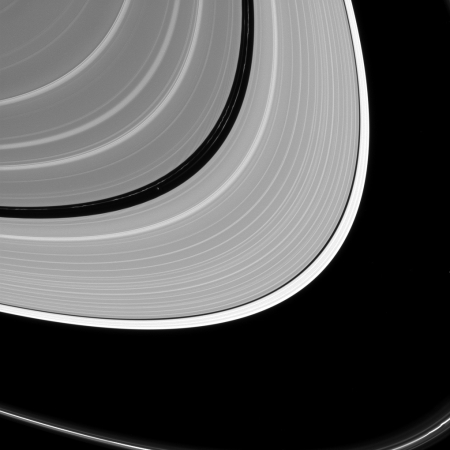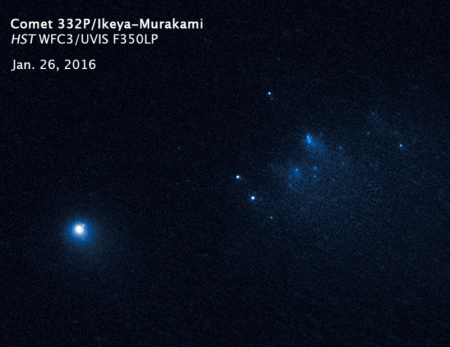Mars rover update: September 20, 2016
Opportunity comes first this time because it actually is more interesting.
Opportunity
For the overall context of Opportunity’s travels at Endeavour Crater, see this post, Opportunity’s future travels on Mars.
Having several choices on where to head, the Opportunity science team this week chose took what looks like the most daring route, heading almost due east towards the floor of Endeavour Crater. In fact, a review of their route and the images that the rover continues to take suggests that the panorama I created last week looked almost due east, not to the southeast as I had guessed. I have amended the most recent overhead traverse image, cropped and reduced below, to show what I now think that panorama was showing.
» Read more



